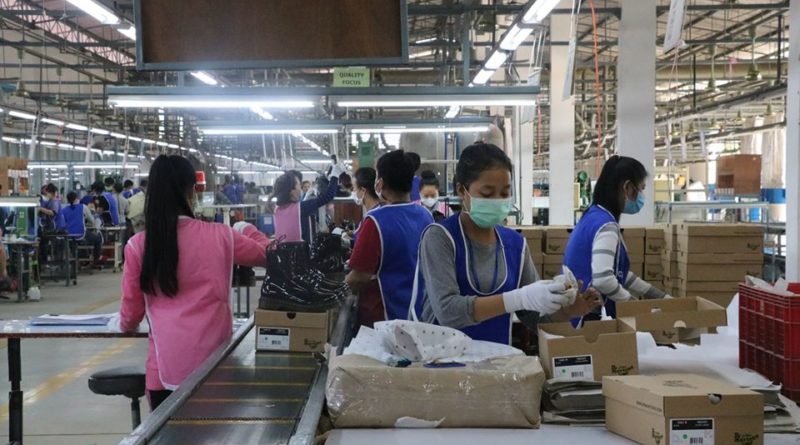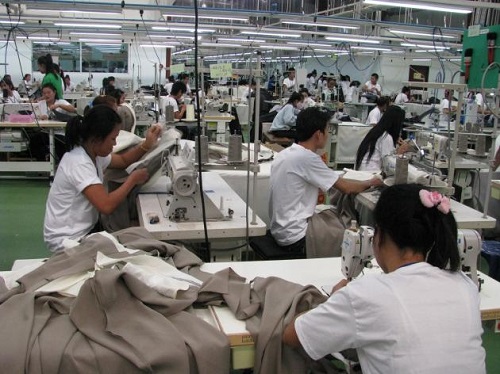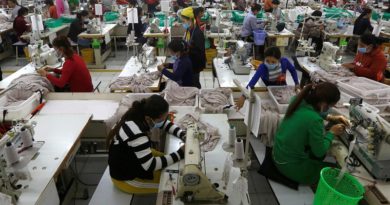Processing Factories Struggle To Stay Afloat
Source: Vientiane Times
Many manufacturers in Laos are facing challenges to stay afloat even as the government has given them the nod to resume business.
The challenges include reduced demand for products both domestically and internationally, difficulty in importing raw materials and shortages of labour in view of the implementation of the Prime Minister’s Order 06/PM for COVID-19 Prevention and Control.
This was informed by the Ministry of Planning and Investment, which is a representative of the National Taskforce Committee for COVID-19 Prevention and Control at the 9th Ordinary Session of the National Assembly’s 8th legislature recently.
Most processing factories are engaged in making garments and assembling. The export value of the garment sector in the first four months of this year decreased by 8.5 percent compared to the same period last year. This went down further by almost 60 percent in May.

J&C offers premium discounts on corporate medical insurance and customize health coverage for your company or group
The export value of the mines sector, too, has reduced by 32 percent in the first four months of this year. However, it is expected that exports of agricultural products will be steady including rice, cassava, sweetcorn and other produce.
The processing industry sector of Laos accounts for 9 percent of GDP. The sector has a total of 28,000 factories, of which 7,152 factories are small-sized, 947 factories are medium-sized and 760 factories are large-sized. The remaining are informal family businesses.
As Covid-19 spread within the country earlier this year, particularly from April to the beginning of May, the government directed factories to suspend their operations, which has impacted different businesses in the short and long term.
Every manufacturer has to follow measures outlined by the National Taskforce Committee for Prevention and Control of Covid-19 or the health sector’s directives.
However, electricity and other mega projects are expected to contribute to socio-economic development as most of these projects are operating to full capacity.
The Ministry of Planning and Investment cooperated with the National Institute for Economic Research to study relevant sectors which are expected to grow at 3.3-3.6 percent, due to the COVID-19 pandemic impact for the first four months of this year. However, the International Monetary Fund has projected growth of 0.7 percent.





